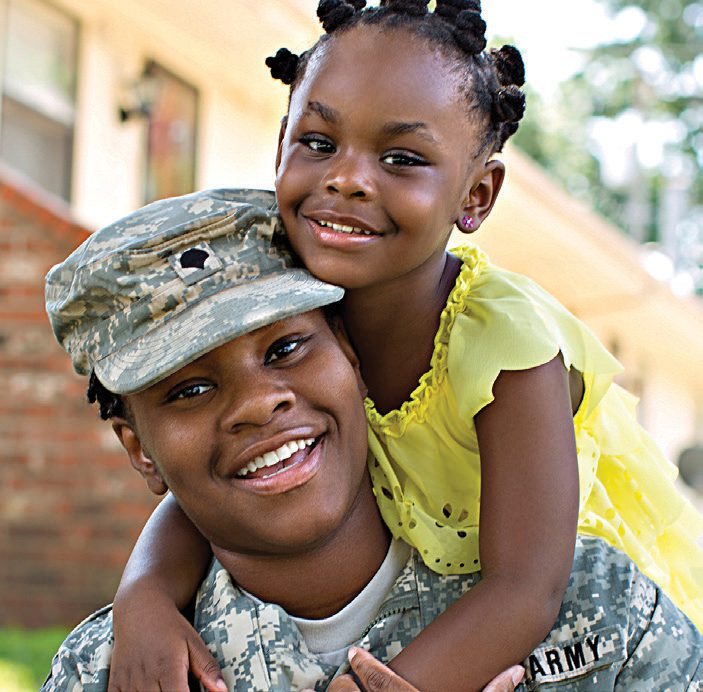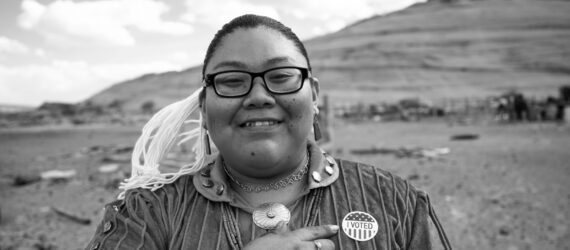No one helping to defend our country should struggle to put food on the table.
The military community includes both people on active duty (more than 1.3 million) and veterans (20 million). There are also 800,000 reserve forces. The five branches of the U.S. military are the Army, Navy, Marine Corps, Air Force, and Coast Guard. U.S. military personnel come from the 50 states, the District of Columbia, Puerto Rico, Guam, and the U.S. Virgin Islands.
About 23,000 active duty personnel received benefits from the Supplemental Nutrition Assistance Program (SNAP, previously food stamps) in 2013, the latest year for which statistics are available. This is a lower percentage than hunger rates for the average U.S. household (2 percent versus 12.3 percent). However, no one helping to defend our country should struggle to put food on the table.
Similarly, veterans experience hunger at just over half the national rate (7 percent v. 12.3 percent). Nearly 1.4 million veterans face food insecurity. Veterans are at higher risk of food insecurity if any of the following apply to them: they are younger, they left the military at a lower pay grade than is typical, they earn less at their post-military jobs, they are unmarried, or they live in households with more children than the typical veteran.
More than 1.25 million veterans live below the poverty line. Young veterans, veterans of color, and female veterans are the most vulnerable. 10 percent of young veterans are poor. Veterans of color are twice as likely to live in poverty as the overall veteran population (14 percent compared to 7 percent).
Female veterans are much more likely to be poor than male veterans (10.3 percent compared to 6.5 percent). Veterans who fit into two or more of these groups are even more likely to live below the poverty line. For instance, young female veterans have a higher poverty rate than either female or young veterans as a whole—almost 14 percent. These disparities are primarily due to varying forms of racial and gender discrimination and inequities.
“About 23,000 active duty personnel received SNAP benefits in 2013, the latest year for which statistics are available”



